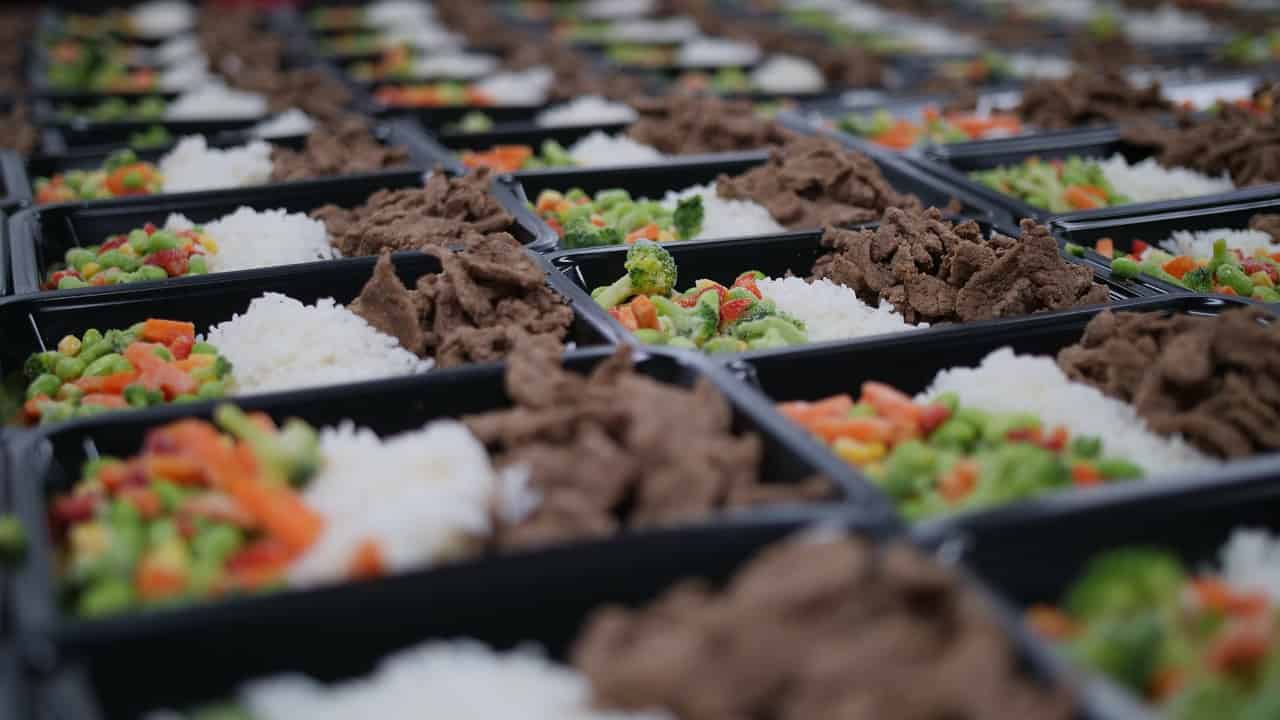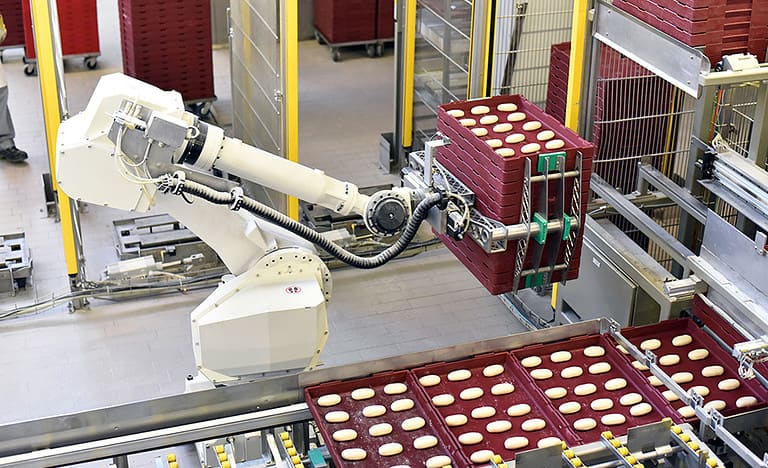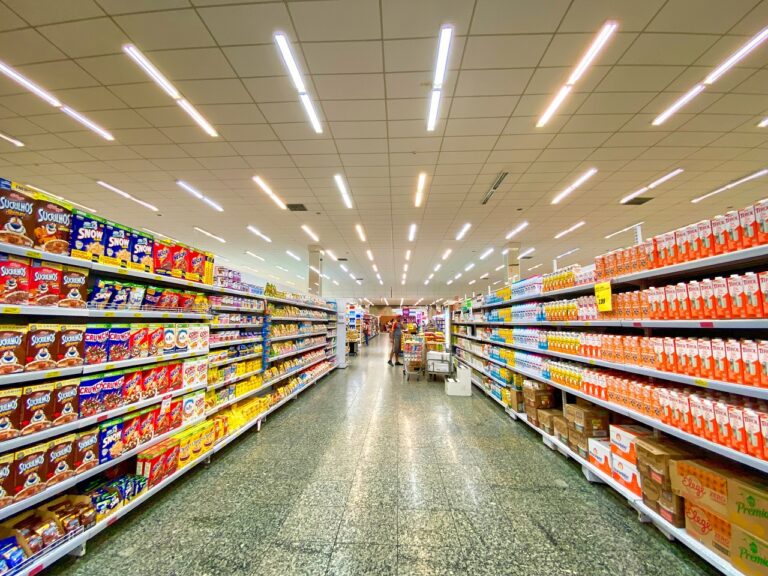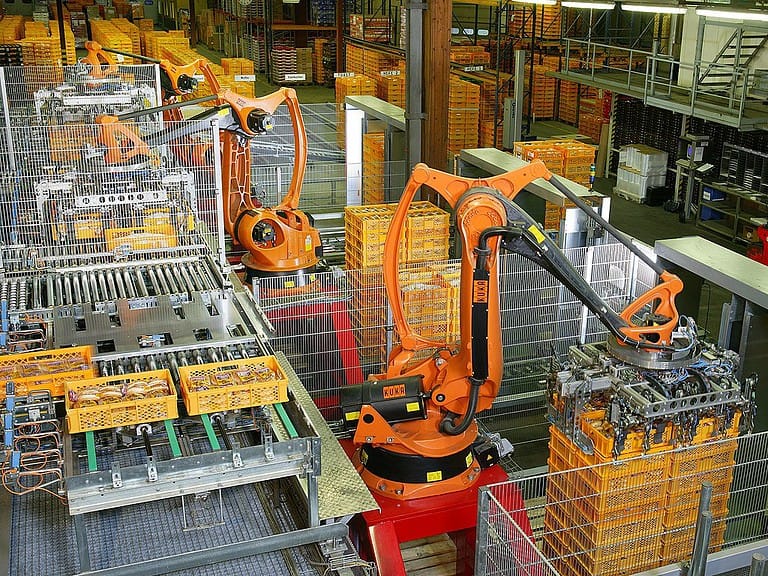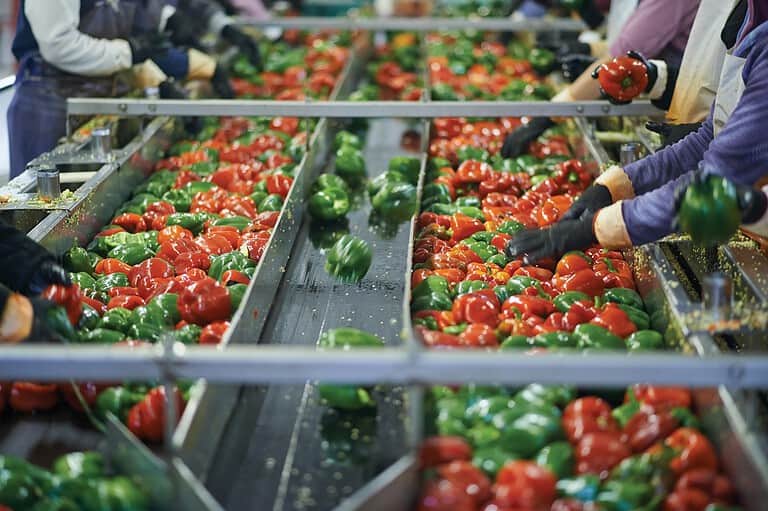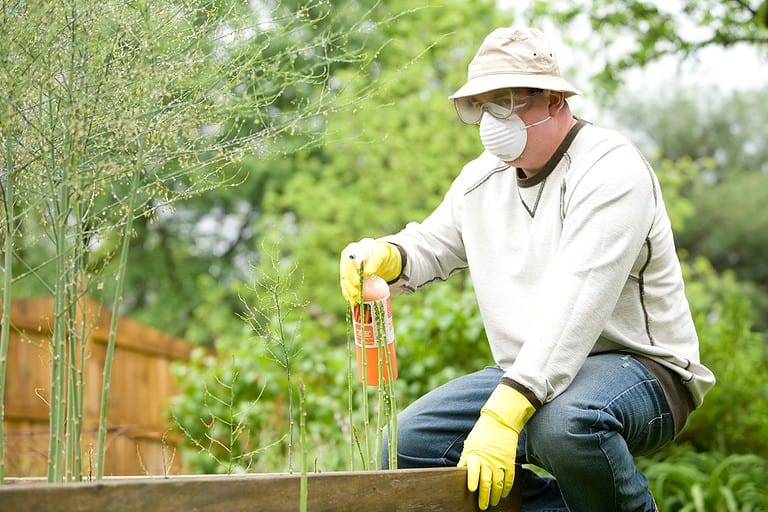The Future of Food Packaging: Innovative Solutions for Keeping Food Fresh
Food packaging has long been an essential component of the food industry, playing a critical role in preserving the quality and safety of food products. In recent years, however, the focus has shifted from merely preserving food to developing innovative solutions that can keep food fresh for longer periods, reduce waste and improve sustainability.
The future of food packaging is all about finding new ways to address the challenges facing the food industry, such as the need to reduce food waste, extend shelf life, and improve food safety. Innovative packaging solutions are being developed that can help to achieve these goals while also meeting consumer demands for convenience, portability and sustainability.
From active and intelligent packaging that can monitor and adjust the environment inside the package to keep food fresh, to sustainable and eco-friendly packaging materials that can be reused or recycled, the future of food packaging is full of exciting possibilities. In this article, we will explore some of the most innovative solutions for keeping food fresh and reducing waste, and how they are set to revolutionize the food industry in the years to come.
Current Challenges in Food Packaging
Issues with Traditional Packaging Materials
Traditional food packaging materials such as plastic, aluminum and glass have been used for decades to preserve and protect food. However, these materials have several limitations that pose challenges for the food industry. For instance, plastic packaging is non-biodegradable and takes hundreds of years to decompose. This has led to a significant increase in plastic waste, which poses a threat to the environment and human health.
Aluminum and glass packaging, on the other hand, are recyclable, but they are heavy and can add to the overall weight of the product, making transportation and storage more challenging and expensive. Additionally, traditional packaging materials do not always provide the necessary protection to keep food fresh for an extended period, leading to food waste and economic losses.
Environmental Concerns with Packaging Waste
The increasing amount of packaging waste generated by the food industry is a significant environmental concern. According to a report by the World Wildlife Fund, the global food industry generates more than 1.3 billion tons of waste each year, with packaging waste accounting for a significant portion of that waste. This waste ends up in landfills, oceans and other natural habitats, leading to pollution and environmental degradation.
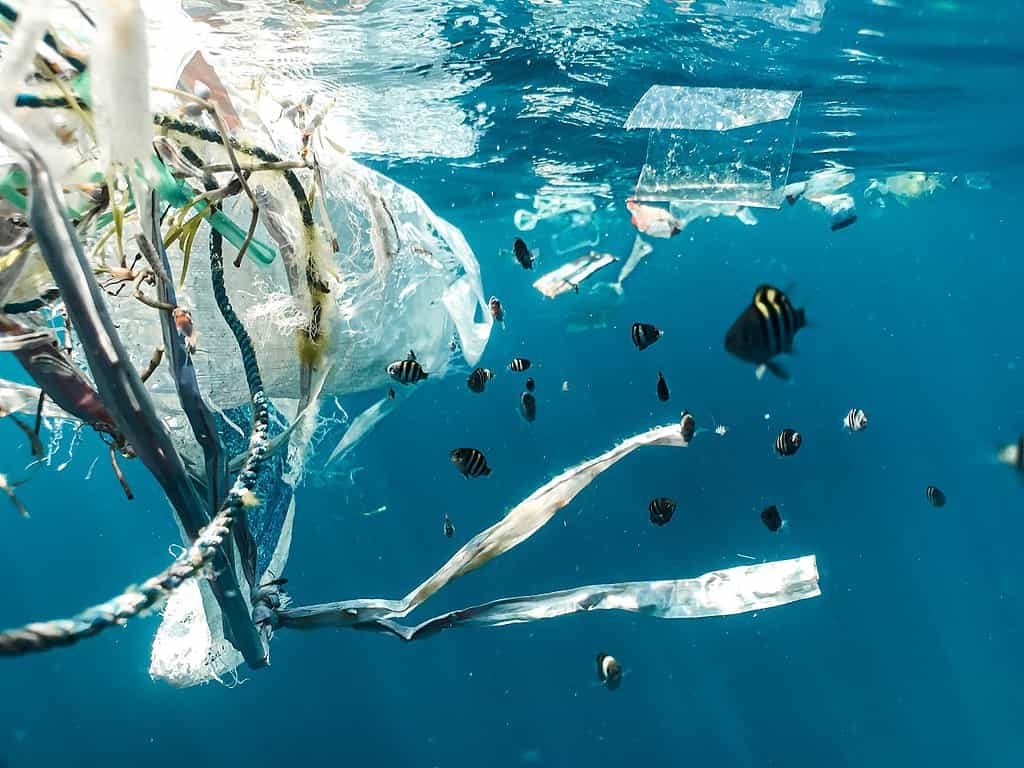
The disposal of packaging waste also contributes to greenhouse gas emissions, which contribute to climate change. As such, there is a growing need for sustainable and eco-friendly packaging solutions that can reduce waste and minimize the environmental impact of the food industry.
Innovative Solutions for Food Packaging
Active Packaging Technologies
Active packaging technologies are designed to interact with the food product to extend its shelf life. These technologies can release antimicrobial agents, oxygen scavengers or other substances that help preserve the quality and safety of the food. For example, some active packaging can absorb ethylene gas, which is produced by fruits and vegetables and accelerates their ripening. By reducing the amount of ethylene in the package, the active packaging can slow down the ripening process and increase the shelf life of the produce.
Active packaging technologies can also help prevent food spoilage by inhibiting the growth of bacteria, yeast and mold. Some active packaging materials contain natural antimicrobial agents such as essential oils, plant extracts or enzymes that can kill or inhibit the growth of microorganisms. Other active packaging materials can release antimicrobial gases such as carbon dioxide or ozone that can create a hostile environment for microorganisms.
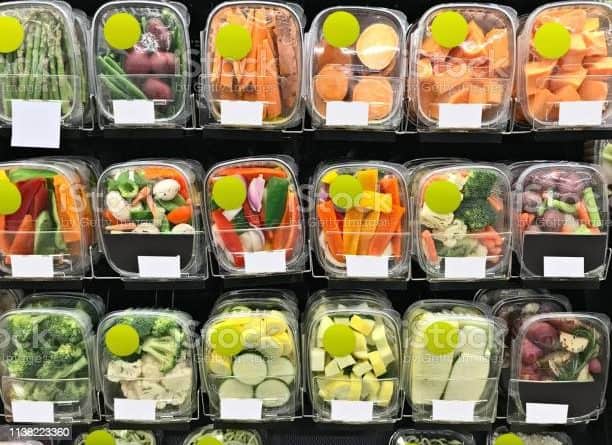
Intelligent Packaging Systems
Intelligent packaging systems use sensors, indicators or other devices to monitor the condition of the food product and communicate this information to the consumer or the retailer. For example, some intelligent packaging can detect the presence of pathogens, spoilage bacteria or other contaminants and change color or emit a signal to indicate that the food is no longer safe to eat. Other intelligent packaging can monitor the temperature, humidity, or other environmental factors that affect the quality and freshness of the food.
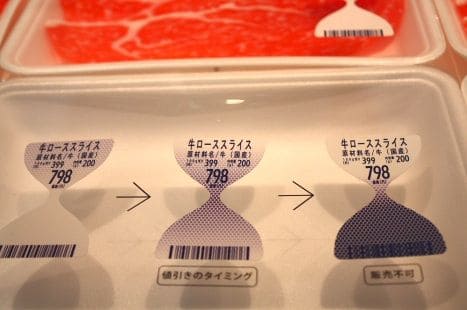
Intelligent packaging can also provide information about the nutritional content, origin or other attributes of the food product. Some intelligent packaging can display QR codes, RFID tags or other codes that can be scanned by a smartphone or other device to access this information. This can help consumers make informed decisions about the food they buy and consume.
Biodegradable and Compostable Packaging Materials
Biodegradable and compostable packaging materials are designed to break down in the environment under certain conditions, such as exposure to sunlight, heat or moisture. These materials can help reduce the amount of waste generated by conventional packaging materials, such as plastic, that can persist in the environment for hundreds of years.
Biodegradable and compostable packaging materials can be made from a variety of sources, such as plant-based materials, cellulose or starch. These materials can be used to make flexible films, rigid containers or other types of packaging that can be tailored to the specific needs of the food product.
Nanotechnology in Food Packaging
Nanotechnology has the potential to revolutionize food packaging by providing enhanced mechanical and barrier properties, detecting pathogens and introducing smart and active packaging features. Nanoparticles can be incorporated into packaging materials to improve their strength, flexibility and resistance to moisture, oxygen and other environmental factors.
Nanotechnology can also be used to develop sensors or other devices that can detect the presence of pathogens, contaminants or other substances in the food product. These devices can be integrated into the packaging material or placed on the surface of the food product to provide real-time monitoring of its condition.
Future Trends in Food Packaging
The world of food packaging is constantly evolving and with the increasing demand for sustainable and eco-friendly solutions, the future of food packaging looks promising. Here are some of the future trends in food packaging:
Sustainable Packaging Solutions
One of the biggest trends in food packaging is the shift towards sustainable solutions. This includes using biodegradable and compostable materials, as well as reducing the amount of packaging used. Companies are also exploring ways to use recycled materials in their packaging, and some are even using food waste to create new packaging materials.
In addition, there is a growing demand for packaging that is reusable and refillable. This not only reduces waste but also provides consumers with a more convenient and cost-effective option.
Smart Packaging Systems
Another trend in food packaging is the use of smart packaging systems. These systems use sensors and other technology to monitor the condition of the food inside the package. This can include information on temperature, humidity and even the presence of bacteria.
Smart packaging can help to reduce food waste by alerting consumers when food is about to expire or when it has been exposed to unfavorable conditions. This can help consumers make more informed decisions about their food and reduce the amount of food that is thrown away.
Personalized Packaging for Consumers
Consumers are increasingly looking for products that are tailored to their individual needs and preferences, and this trend is also making its way into food packaging. Companies are exploring ways to create packaging that is personalized for each consumer, such as packaging that is designed to fit specific dietary needs or packaging that includes personalized messages or branding.
Innovative Packaging Designs
The future of food packaging also includes innovative designs that are both functional and visually appealing. This can include packaging that is designed to be more ergonomic and easier to use, as well as packaging that incorporates unique shapes and textures.
Companies are also exploring ways to use packaging as a marketing tool, such as creating packaging that tells a story or that includes interactive elements.
Overall, the future of food packaging is focused on creating innovative solutions that keep food fresh while also being sustainable, convenient and personalized for consumers. As technology continues to advance, we can expect to see even more exciting developments in the world of food packaging.
Conclusion
The future of food packaging is bright, with innovative solutions that will help keep food fresh for longer periods of time, reduce waste and promote sustainability. The packaging industry is constantly evolving, and new technologies are being developed to meet the changing needs of consumers and the environment.
One promising trend is the use of biodegradable and compostable materials that will break down naturally and reduce the amount of waste in landfills. Another is the development of smart packaging that can monitor the freshness of food and alert consumers when it is time to consume it.
Consumers are also becoming more conscious of the impact that packaging has on the environment, and they are demanding more sustainable options. This has led to a shift towards reusable and refillable packaging, which can help reduce waste and promote a circular economy.
In conclusion, the future of food packaging is sustainable, innovative and consumer-driven. With the right investments in research and development, the packaging industry can continue to evolve and meet the changing needs of consumers and the environment. By working together, we can create a future that is both delicious and sustainable.

